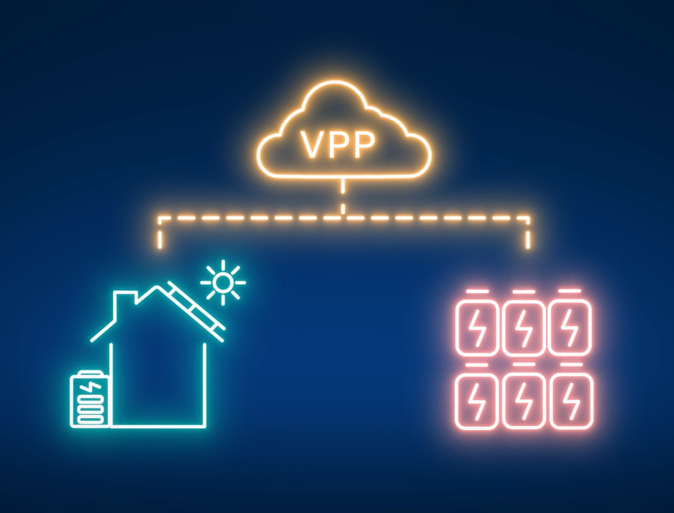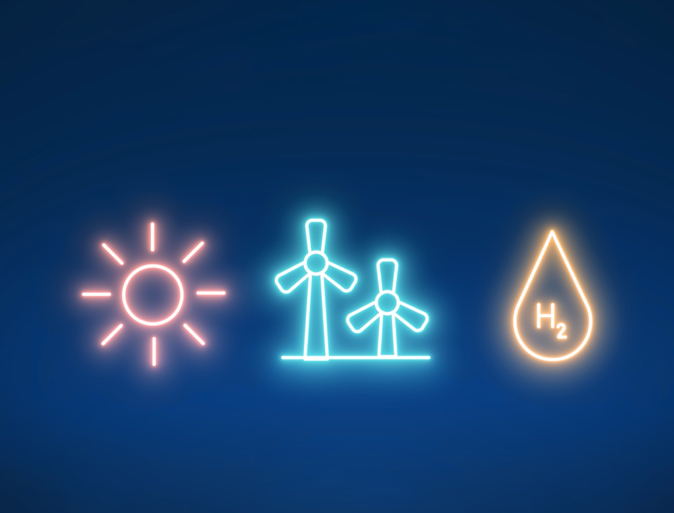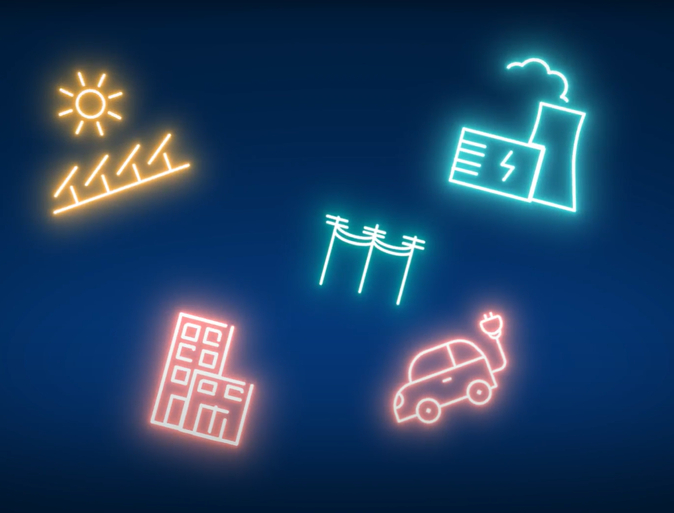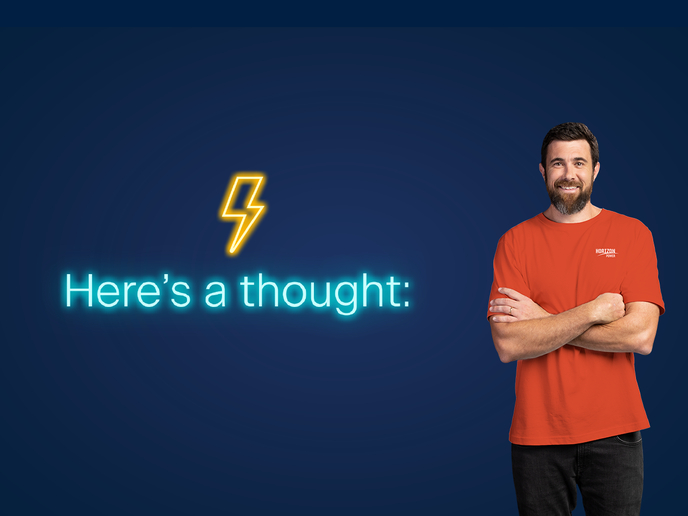Decentralised electricity generation
Traditional systems, like gas power stations, generate electricity in one central location. Electricity is then transmitted to our distribution network (powerlines) to power your home or business.
New “decentralised” solutions, like virtual power plants, microgrids, and standalone power systems, are designed to produce electricity in a variety of ways, at different locations. These systems harness a range of low-emission energy sources, supporting a more resilient and efficient energy grid.
Virtual power plants
A Virtual Power Plant (VPP) is a network of smaller-scale electricity generation and storage sources such as rooftop solar PV systems, home batteries and electric vehicles.
These smaller electricity sources can be combined and coordinated to act like a single power station, providing the same services to the electricity system as traditional centralised generation.
By helping to balance supply and demand, a VPP makes the energy system more reliable, more flexible and lower in emissions.


Microgrids
Our service area is about one-quarter of the size of Australia’s land mass.
Microgrids are a solution we can use to power remote communities which are not connected to our main grid. Its technology can include a mix of renewable energy sources, such as solar, wind, hydro and battery storage.
Our customers in Onslow have been part of a world-first energy trial that proved that it's possible to run an energy network on 100% hydrocarbon-free energy without any traditional backup generation.
By exploring new innovative energy solutions across our microgrids, we can reduce our reliance on fossil fuels and create a more sustainable energy supply for our customers.
Balancing the network
Renewable energy from sources like solar and wind offer a cleaner way to power our homes and businesses. But to keep the power supply safe and reliable, we need to carefully coordinate how these energy sources work together.
Our electricity systems were originally built for a one-way flow of power from central power stations. Now, with renewables, power flows both ways as excess energy is fed back into the grid.
To manage this, we’re using new technology to help balance the flow of energy across the network. We call this energy management. It helps us respond quickly to changes in demand and weather and keep the power supply stable. It also allows more customers to enjoy the benefits of rooftop solar and lower their energy bills.

How we deliver electricity to you
Ever wondered what it takes to get electricity safely to your home or business?
Electricity is generated at a central power station - using gas, diesel, hydro, wind or solar energy - and then transported through the network to power your home or business. But a lot happens in between to transform that energy into the safe, usable power you rely on every day. Here's how it works.
Substation transformers raise the voltage of the electricity
So it can be transported efficiently over long distances through the transmission network.
The transmission network then moves the electricity
From the generators to the distribution network.
At the other end, substation transformers lower the voltage
Of the electricity. It's now ready for distribution through the powerlines.
And finally...the distribution network
This is the overhead powerlines and underground cables. They carry the electricity to your home or business.
Power is no longer just one-way
With more rooftop solar, home batteries, and electric vehicles, many homes and businesses are now generating their own energy. Any extra solar power from rooftop solar can be shared back into the grid or stored in a battery to use when you need it. So instead of electricity only flowing from the grid to your home - like in the example above - it now flows both ways.
This two-way flow of energy is one of the reasons why we're transforming the traditional electricity network, to create a more flexible, efficient grid that's better equipped for the future.
Horizon Power acknowledges the Traditional Custodians throughout Western Australia and their continuing connection to the land, waters and community. We pay our respects to all members of the Aboriginal communities and their cultures; and to Elders past, present and emerging.
Aboriginal and Torres Strait Islander people are advised that this website may contain images, names or voices of deceased people.
